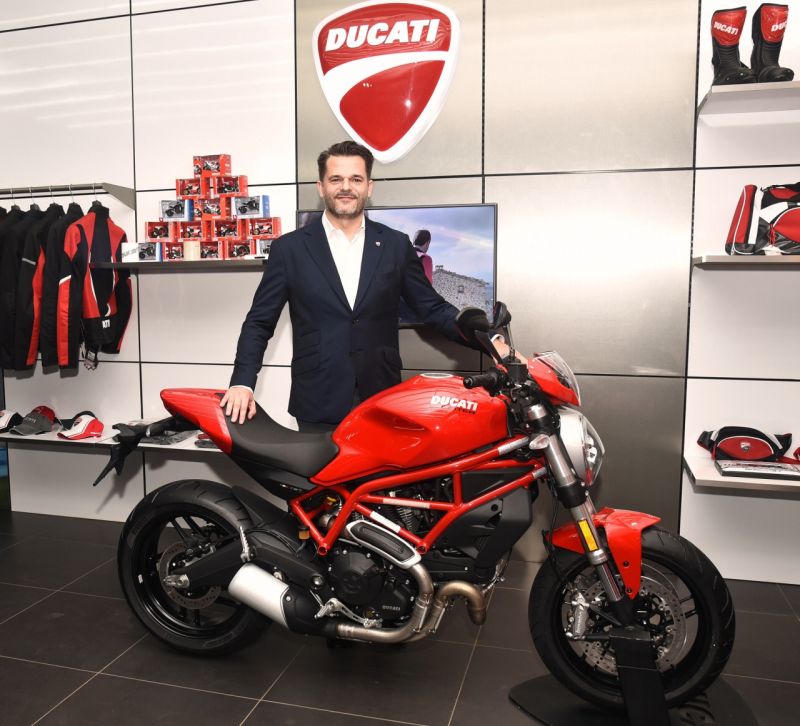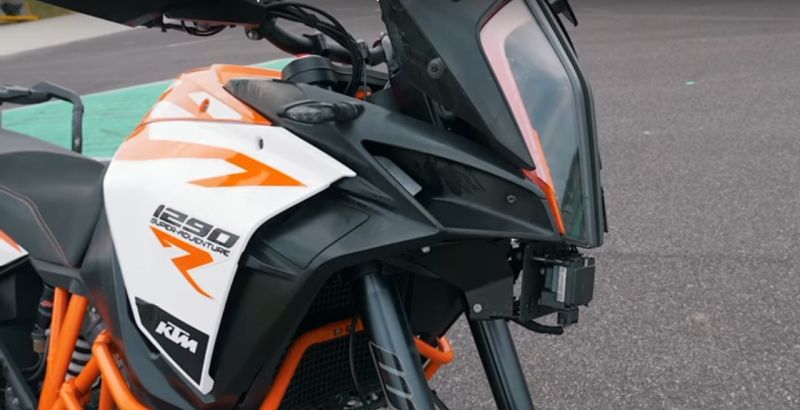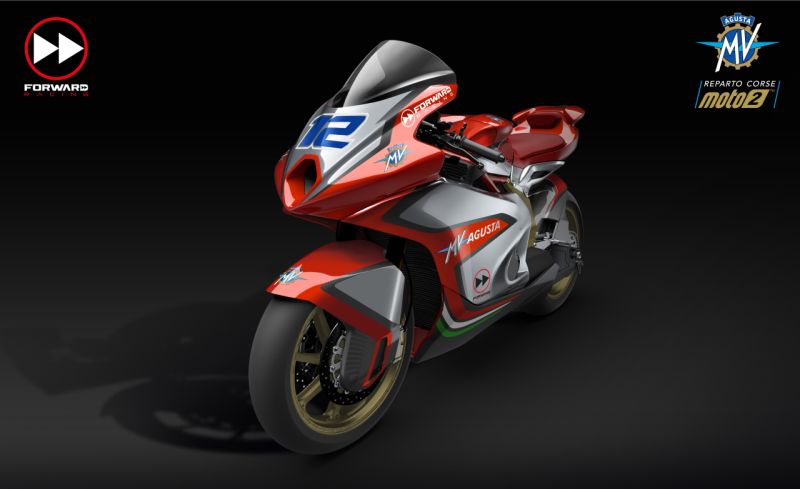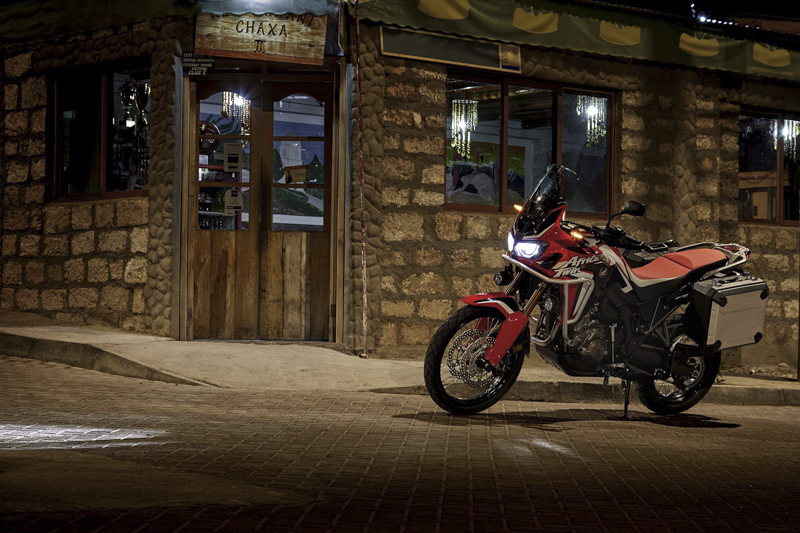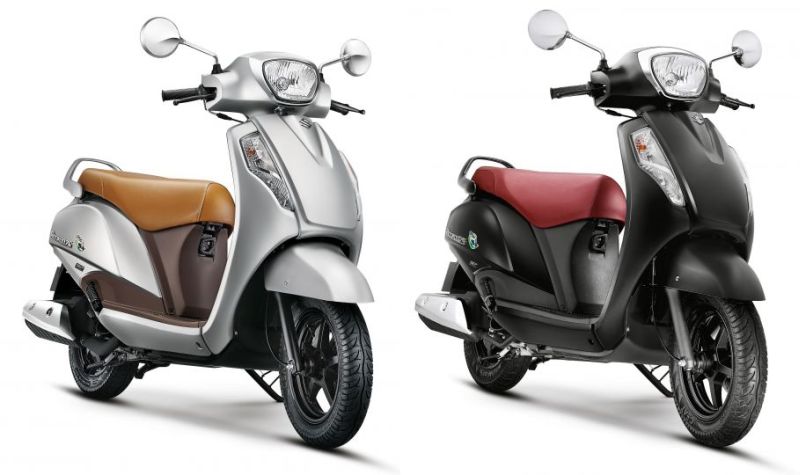
Along with the Access 125 CBS variant for their popular 125-cc scooter, Suzuki have also introduced a special edition in a new Metallic Sonic Silver body colour with a beige leatherette seat.
[Read more…] about Suzuki Access 125 gets Combined Braking System (CBS)

